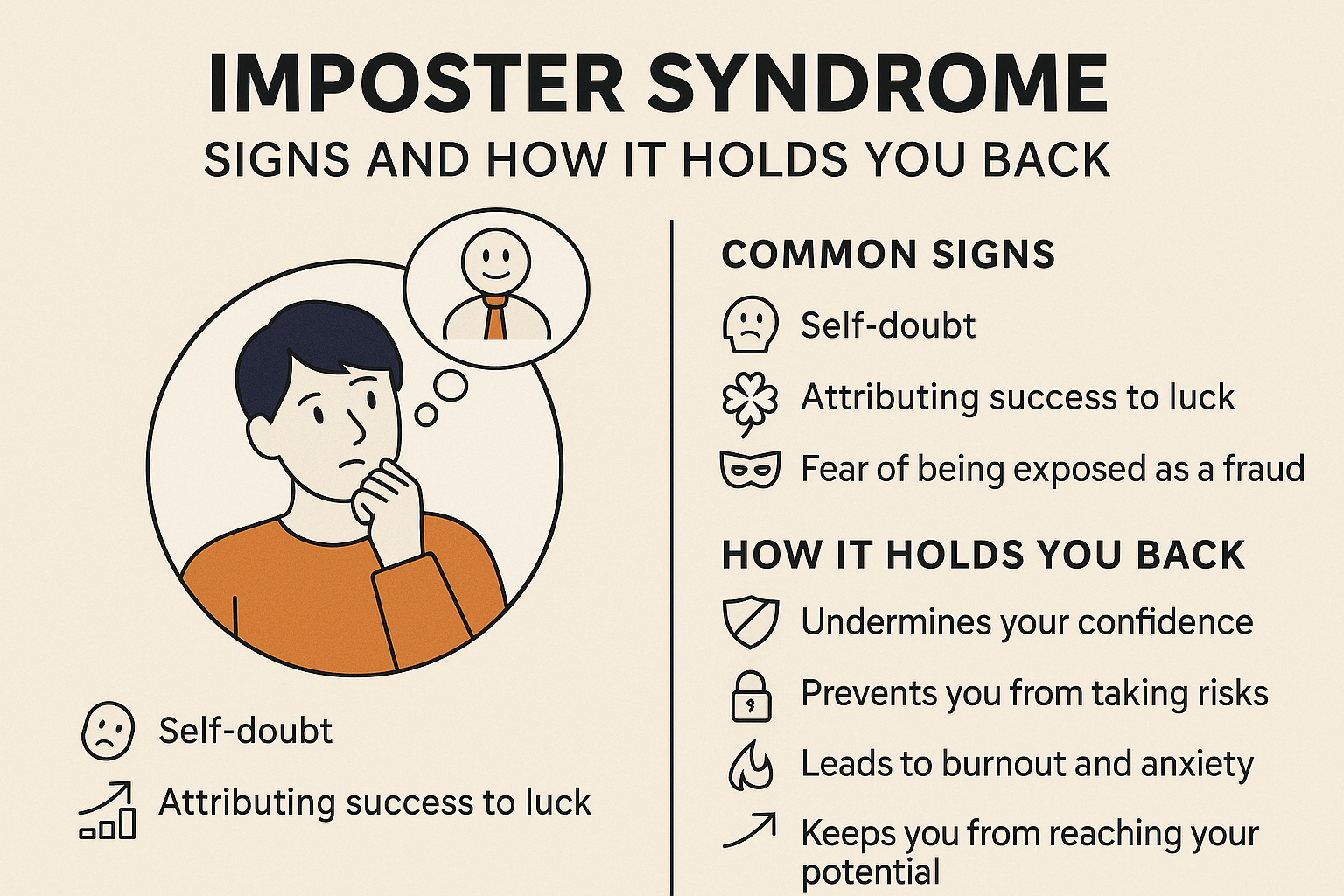Gratitude is one of the most powerful habits for improving your mindset, mood, and overall well-being. But let’s be honest — when life feels heavy, stressful, or unfair, practicing gratitude can feel forced or even impossible.
That’s why it helps to understand that gratitude isn’t about ignoring pain or pretending to be happy. It’s about learning to notice the good, even in the middle of challenge.
In this article, you’ll learn how to build a sustainable, heartfelt gratitude practice — especially during difficult times.
Why Gratitude Works
Gratitude:
- Shifts your focus from lack to abundance
- Calms the nervous system
- Boosts mood and resilience
- Strengthens relationships
- Helps reframe negative experiences with perspective
It rewires your brain to see the good, not just the problems.
1. Redefine What Gratitude Looks Like
Gratitude isn’t just for big blessings. It’s found in small, quiet details.
Examples:
- A warm cup of coffee
- A kind text from a friend
- A moment of silence before your day begins
- A deep breath that grounds you
On hard days, gratitude can be as simple as: “I made it through.”
2. Start With One Daily Sentence
Make gratitude easy and consistent by writing or saying one sentence each day.
Examples:
- “Today I’m grateful for…”
- “Right now, I appreciate…”
- “What helped me get through today was…”
You don’t need a long list — just one real moment.
3. Use Specific Details, Not Generic Phrases
Vague: “I’m grateful for life.”
Specific: “I’m grateful for the sound of rain on the window while I drank tea this morning.”
Specificity strengthens emotional impact. It helps you relive the feeling, not just name it.
4. Tie Gratitude to an Existing Habit
Make it part of something you already do:
- While brushing your teeth
- At the start or end of a journal entry
- Before your first sip of coffee
- Right before sleeping
This habit-stacking builds consistency.
5. Create a “Gratitude Jar” or List
Write down one thing you’re grateful for each day and drop it into a jar or digital list.
Over time, you build a visual reminder of the beauty in your life — especially helpful on tough days.
6. Include Challenges in Your Gratitude
Gratitude isn’t about pretending everything is okay — it’s about recognizing growth.
Try:
- “I’m grateful this hard moment is teaching me patience.”
- “I’m thankful I’m learning to ask for help.”
- “I appreciate that I showed up, even when it was difficult.”
This builds emotional resilience, not just positivity.
7. Share Gratitude With Others
Saying “thank you” to someone:
- Deepens connection
- Reinforces appreciation
- Boosts their mood and yours
Try texting someone a quick thank-you or writing a note. Gratitude grows when it’s shared.
8. Notice What You Take for Granted
Gratitude often hides in the familiar.
Pause to appreciate:
- Your legs that carry you
- Clean water from the faucet
- A roof that shelters you
- The ability to read and think clearly
What you take for granted, someone else is praying for.
9. Journal Through Resistance
When you don’t feel like being grateful, write anyway:
- “I don’t feel grateful today because…”
- “What’s bothering me right now is…”
- “But maybe there’s still something small I can appreciate…”
This turns journaling into a space for honesty — and healing.
10. Reflect Weekly on What Mattered
At the end of each week, ask:
- “What made me smile this week?”
- “What lesson am I thankful for?”
- “Who showed up for me?”
- “What moments would I like to relive?”
This helps you zoom out and see the bigger picture.
Final Thought: Gratitude Isn’t a Mood — It’s a Muscle
You won’t always feel grateful — especially when things are hard. But you can still practice it, gently and consistently.
And over time, that practice becomes a perspective. That perspective becomes strength. And that strength becomes peace — the kind that doesn’t depend on everything being perfect.
Because even in difficulty, there is always something worth noticing.
